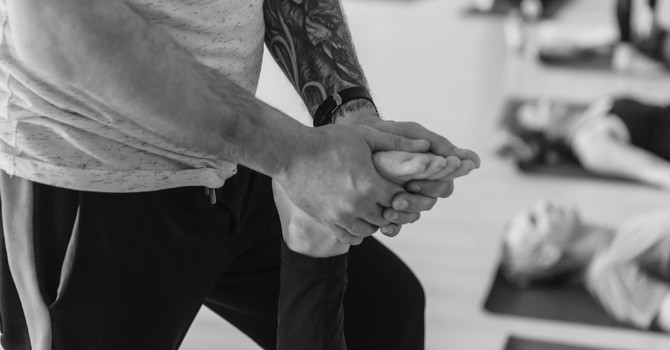
Get Your Body Moving Before You Start Exercising
Starting your workout with the right preparation can make a big difference in your performance and overall well-being. Dynamic warm-ups are an effective way to prepare your body for physical activity by gently increasing your heart rate, improving flexibility, and activating the muscles you'll be using. Here’s why dynamic warm-ups are beneficial and how you can integrate them into your routine.
Why Dynamic Warm-Ups Matter
Dynamic warm-ups involve active movements that enhance blood flow to your muscles and increase their range of motion. Unlike static stretching, which involves holding positions, dynamic warm-ups keep you moving and help prepare your body for the demands of exercise. This approach helps in reducing stiffness and lowers the risk of injuries, allowing you to perform better during your workout.
Simple Dynamic Warm-Up Exercises
Incorporating dynamic warm-ups into your routine doesn’t have to be complex. Here are a few easy exercises that can help:
- Leg Swings: Stand next to a wall for balance, and gently swing one leg forward and backward. Switch legs after 10-15 swings. This exercise helps to loosen up your hips and hamstrings.
- Arm Circles: Extend your arms out to the sides and make small circles. Gradually increase the size of the circles, then reverse the direction after 20-30 seconds. This warms up your shoulders and upper back.
- Walking Lunges: Step forward into a lunge, keeping your front knee aligned with your ankle. Alternate legs as you walk forward. This exercise engages your quads, hamstrings, and glutes.
Tips for Effective Warm-Ups
- Begin Gradually: Start with gentle movements and increase intensity as you go.
- Maintain Proper Form: Ensure each exercise is done correctly to avoid strain.
- Be Consistent: Make dynamic warm-ups a regular part of your exercise routine for optimal benefits.
Dynamic warm-ups are a great way to get your body ready for physical activity, improving your performance and reducing the risk of injury.
The content in this blog is for informational purposes only and is not a substitute for professional medical advice, diagnosis, or treatment. Always consult your doctor or a qualified healthcare provider before trying new healthcare protocols.



